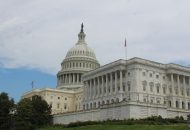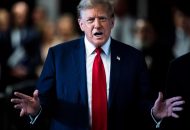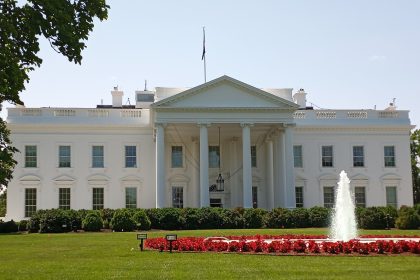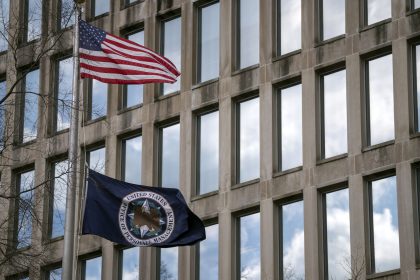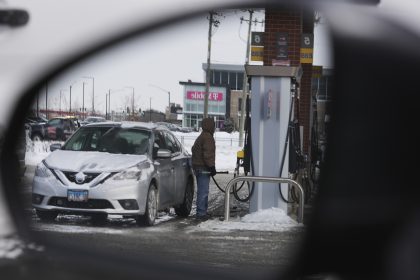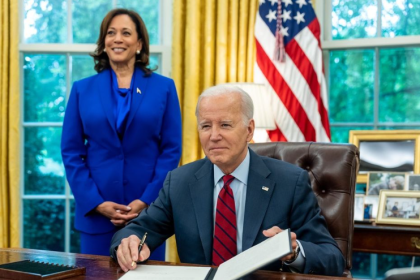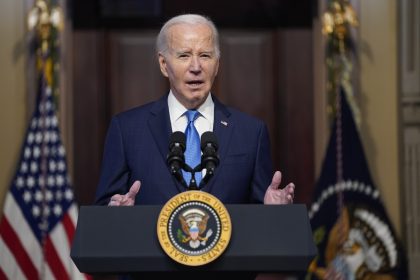Run-It-Hot Wins Argument Over How to Get Americans Back to Work
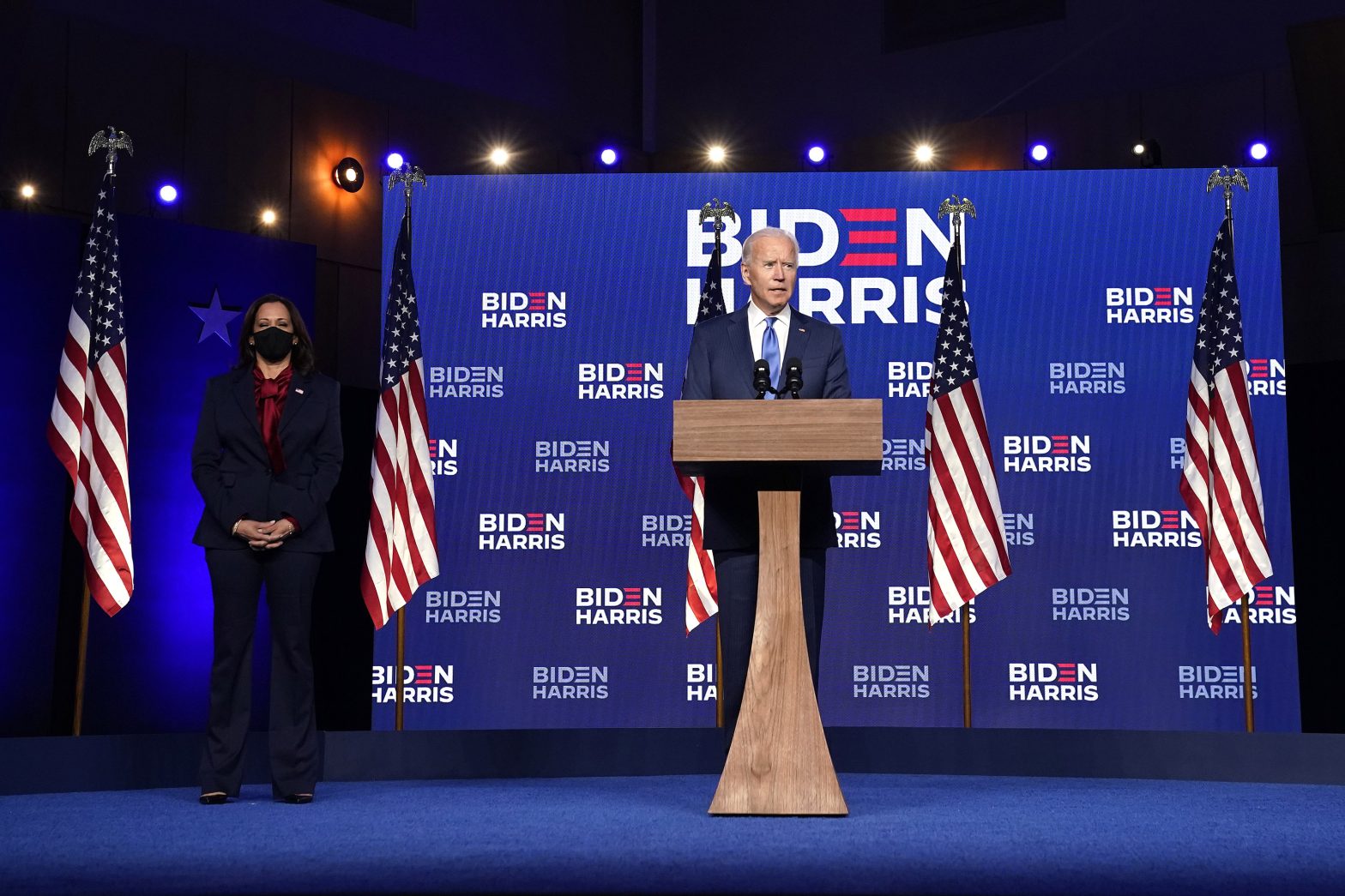
Behind President-elect Joe Biden’s plans to drive the U.S. back to full employment after the coronavirus slump lies a long-lost idea: The unemployed need jobs, not skills. That “run it hot” recipe for recovery is back in favor among policymakers — including, crucially, at the Federal Reserve. The argument is that the government should juice the economy by any means necessary so demand is strong enough to pull people into work.
It contrasts with the “skills gap” thesis that prevailed after recent recessions. The view then was that large numbers of Americans who’d been thrown out of work wouldn’t be reemployable unless they took it upon themselves to develop new skills.
How far Biden can push the approach, which implies more government spending on top of this year’s $3 trillion pandemic rescue, may hinge on January’s runoff elections in Georgia. They’ll determine whether his Democratic Party wins control of the Senate or faces a Republican majority that can veto his plans, from further virus measures to investments in clean energy and child care. Those measures are crucial to the incoming administration’s roadmap for closing the jobs gap. About 10 million fewer Americans are employed now than at the start of the year.
“If we don’t have enough jobs for workers, it doesn’t matter how many skills they have. They are going to be underemployed,” said Jared Bernstein, a Biden adviser who previously served as his chief economist.
“Historically, skill arguments have been used to avoid invoking government or Federal Reserve interventions,” Bernstein said in an October interview. “Basically: ‘It’s not the economy’s fault, it’s their fault.’ And time and again, that’s been proved to be wrong.”
This time around, the Fed under Chair Jerome Powell is promising to let unemployment fall much further than in the past before starting to raise interest rates, effectively acknowledging that it got the issue wrong after the 2008 crash.
That episode spurred a debate over whether the jobless would be able to find work again without retraining. The fear was that long spells of unemployment owing to the depth of the downturn would erode skills, or that industries of the future would require a different set of them.
Economists often call that “structural unemployment.” Fed officials concluded that it had risen, which meant inflation could become a risk even while jobless rates were relatively high. That’s one reason they began raising borrowing costs in 2015, before employment had returned to pre-recession levels.
By framing the problem of unemployment in terms of skills, the U.S. central bank was reprising a familiar role.
In 1961, in the wake of a recession that had pushed unemployment to 7%, newly elected President John F. Kennedy’s advisers were pushing for a tax cut to boost the economy. But the Fed chairman, William McChesney Martin Jr., was worried about pressure on the U.S. dollar, which he attributed to low interest rates and budget deficits.
Martin warned Congress that rising unemployment was a “structural” phenomenon, and that running a deficit to push it down could “create serious new problems of inflationary character.” He pointed to workers who’d lost their jobs in the past two recessions, from coal miners in West Virginia to steelworkers in the Midwest, arguing that what they needed instead were things such as “more training and retraining to develop skills needed in expanding industries.”
That idea has anchored debates about how to balance unemployment and inflation ever since. It stakes out a minimal role for government spending in keeping the workforce fully employed, and puts the onus on individuals to tailor themselves to the private sector’s needs.
But over the last five years since the Fed began raising rates, the skills gap argument has largely fallen flat. The pool of jobless workers kept shrinking, as more and more people — even the long-term unemployed who had joined the disability rolls — began returning to work. Inflation remained low.
“Firms really started thinking creatively about how to break down whatever barriers there were to get the talent they needed,” Philadelphia Fed President Patrick Harker said in an October interview.
That experience had a big impact at the Fed. In August it announced a new strategy: instead of preemptive rate hikes based on estimates of what constitutes full employment, it will wait until inflation rises.
Fed officials are “trying to do what we can to create the conditions for the economy to get back to that tight labor market that was causing firms to start to think differently,” Harker said.
The Philadelphia Fed chief is still worried about structural shifts in the economy rendering some jobs obsolete, and sees a need for retraining. His bank has partnered with Comcast Corp. — a large area employer — and the city’s workforce development board to help place workers in new positions that can make use of their experience.
But Fed officials have acknowledged that their own monetary tools are limited, and that fiscal policy has more power to boost the labor market. Unlike in 1961, they are urging lawmakers to keep spending, and unlike in the aftermath of 2008, they aren’t lowering the bar for what constitutes full employment.
The virus measures passed by Congress under President Donald Trump, including expanded unemployment benefits, have already achieved something novel: They’ve propped up household income even as millions lost their jobs.
That’s helped lay the groundwork for a swift rebound in employment on the other side of the pandemic, according to Cecilia Rouse, who served on President Barack Obama’s Council of Economic Advisers.
“We’re a largely consumption-based economy, so when I buy something, I’m creating a job for somebody else,” said Rouse, now dean of Princeton University’s School of Public and International Affairs. “I still think there’s a lot of room there for spending and economic assistance being part of the economic support and actually creating jobs.”
The question is: how much more of it will Congress permit? Most pandemic measures have already expired or are about to. Lawmakers have been deadlocked over renewing them. Biden’s longer-term ambitions, such as a $2 trillion clean-energy program, risk a similar fate in a skeptical Senate.
Bernstein said he was tasked by Biden with crunching some numbers on the energy plan, and was surprised to find it would create a wide range of different jobs across the labor-market spectrum: “blue collar, pink collar, you name it.”
“I very much hope that we have the opportunity to make those investments,” he said.
___
(c)2020 Bloomberg News
Distributed by Tribune Content Agency, LLC









